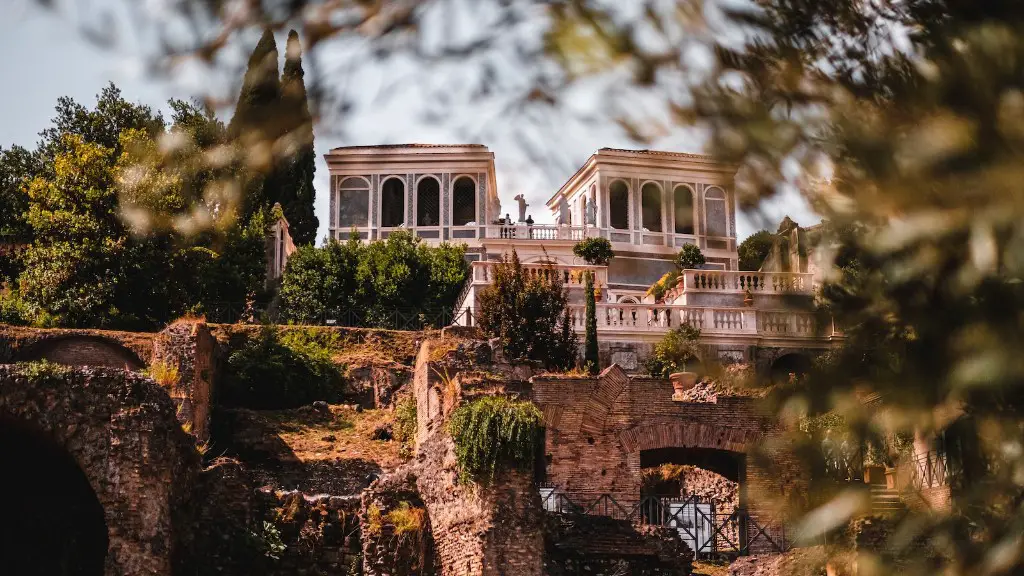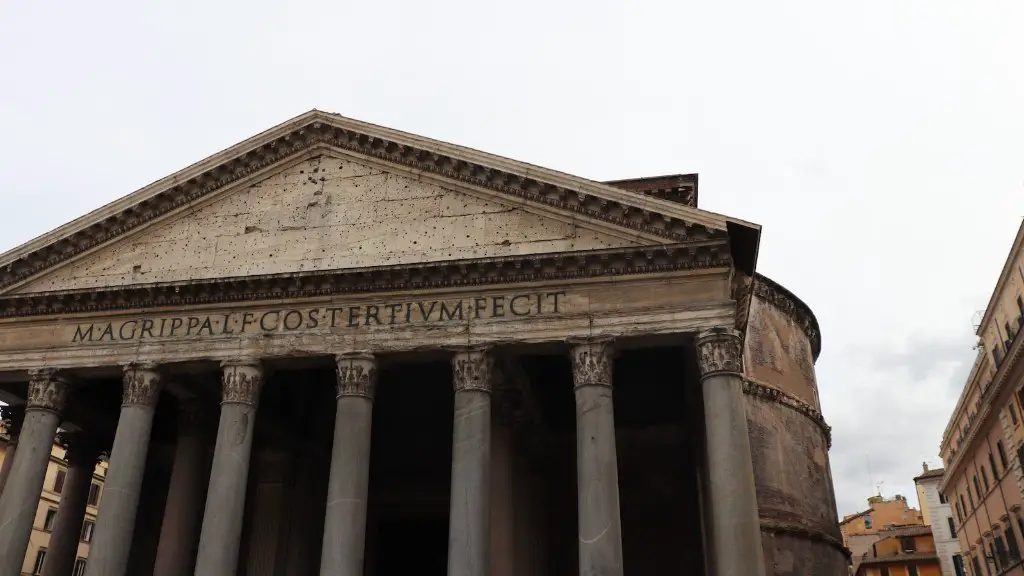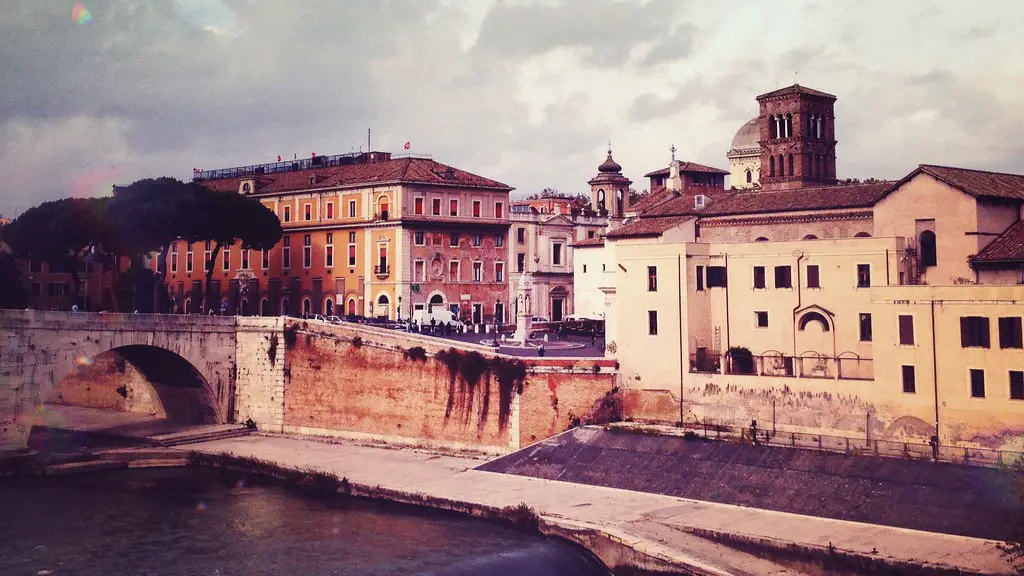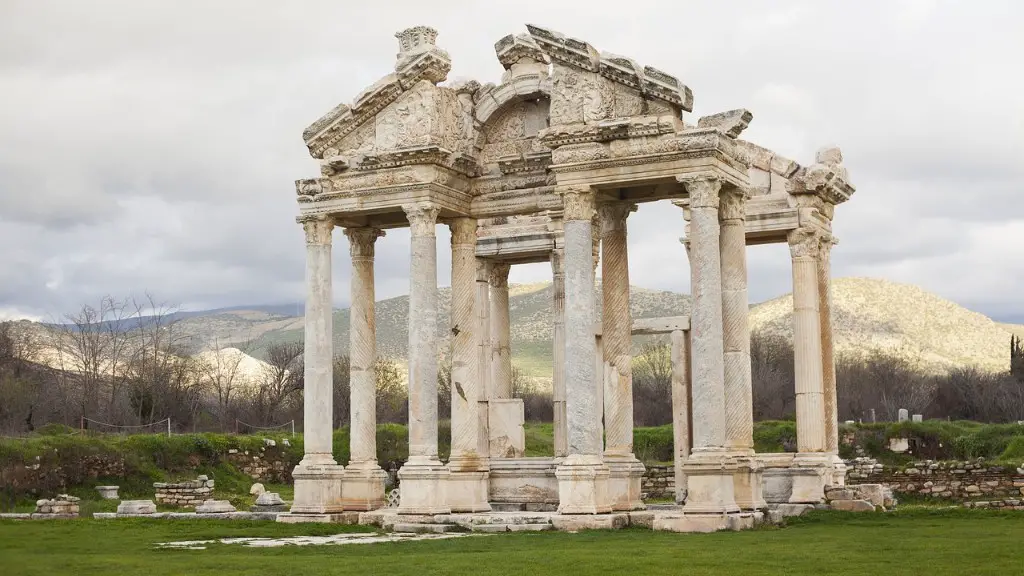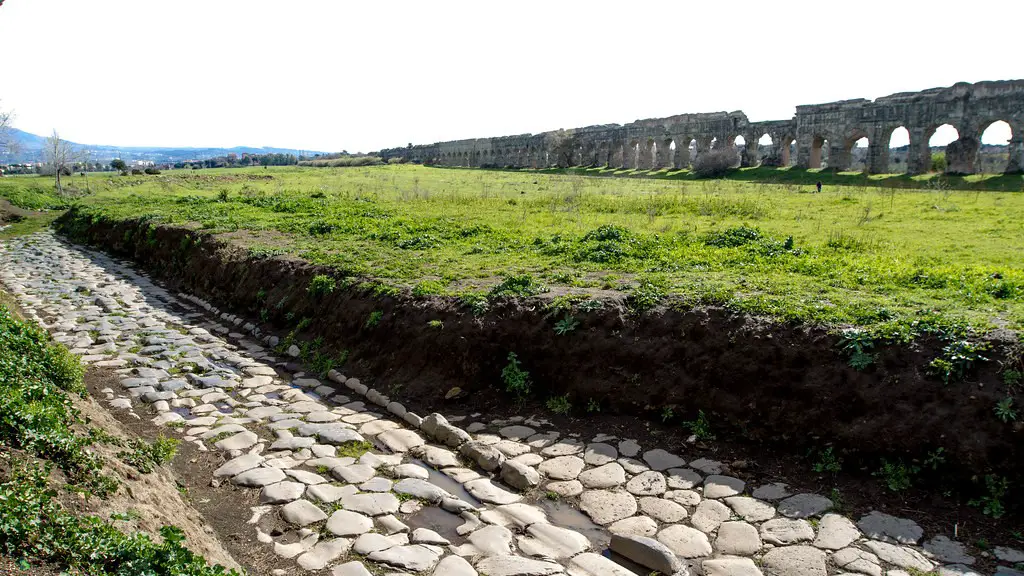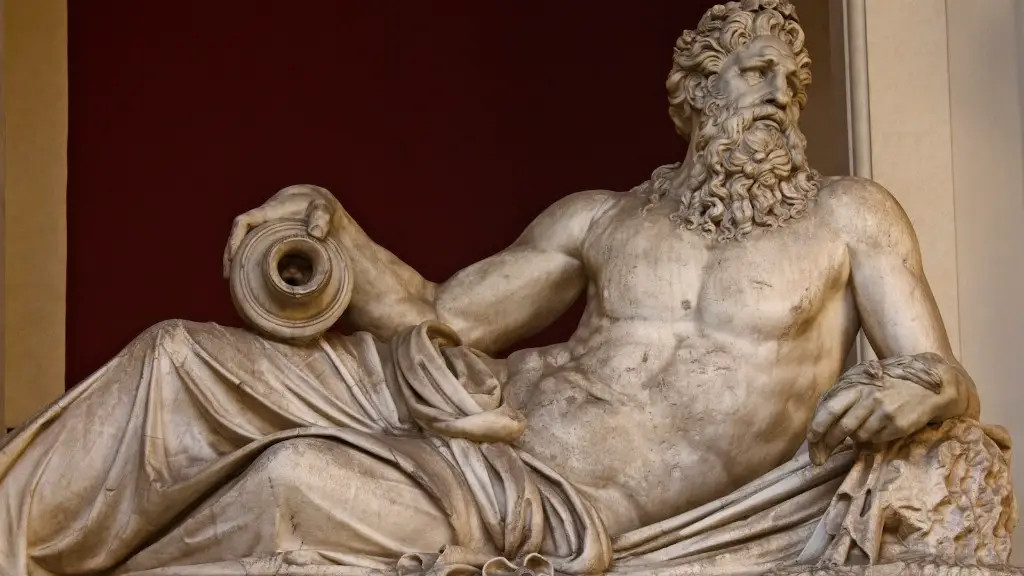The ancient Romans used a number of methods to measure time. One method was to use a water clock, which was a device that used the flow of water to measure time. Another method was to use a sundial, which was a device that used the position of the sun to measure time.
They primarily used two methods: sundials and water clocks.
How did they measure time in ancient Rome?
The Romans didn’t measure time in minutes or seconds, the smallest unit was the hour. Irrespective of the season, day and night were divided into 12-hour periods. Each requiring its own specific equipment to gauge an approximation of the time.
The Catholic Church has a set of canonical hours that are named after the Roman clock. The hours are prime, terce, sext, and none and occur during the first, third, sixth, and ninth hours of the day. The English term noon is also derived from the ninth hour.
How did Romans keep track of days
The Romans had a very peculiar way of expressing dates. The days were numbered concerning three specifically named days, by counting them retrospectively. Those days were: Kalends or Kalendae (1st day of the month), Nones or Nonae (5th or 7th day) and Ides or Idus (13th or 15th day).
A sundial is a timekeeping device that uses the shadow of the sun to measure the time. The earliest known sundials appeared in Egypt and Mesopotamia, around 3500 BCE. Sundials consisted of a tall vertical or diagonal-standing object used to measure the time, called a gnomon. Sundials were able to measure time (with relative accuracy) by the shadow caused by the gnomon.
What is the oldest way to measure time?
The Egyptians divided the day into two 12-hour periods, and each hour was further divided into 60 minutes. They also had a concept of leap days, or days that were added to the end of a month in order to keep the calendar aligned with the seasons. However, the sundial was not an accurate measure of time, as the length of a day varies depending on the time of year.
There were three main types of timepieces used in ancient Roman times: the sundial, klepsydra, and obelisk. The sundial and obelisk depended on the sun, but the klepsydra was a water clock that was used on cloudy days and at night.
How many hours was a day in ancient Rome?
The ancient Romans used a 12-hour day, with 12 hours of daylight and 12 hours of darkness. The first hour of daylight (hora prima) began at sunrise, noon was the sixth hour (hora sexta), and the last hour (hora duodecima) ended at sunset. There were no minutes or seconds in Roman timekeeping—just hours.
The average life expectancy for a man in Ancient Rome was around 40 years. The average height for a man in Ancient Rome was around 5’5″, which is shorter than the average height for a man in Rome today.
How long is a Roman hour
Roman hours were traditionally divided into two periods of daylight and darkness. The first hour of daylight was called the prime and began at sunrise. The last hour of daylight was called the vesper and began at sunset. In between these two hours were twelve more hours, called the terce, sext, nones, and compline.
There are a variety of sleep schedules that people keep in order to ensure that they get a good night’s sleep. However, research has shown that people who don’t set a sleep schedule around when it’s light out typically sleep better overall. This is because they go to sleep three hours and 20 minutes after sunset and wake before sunrise, meaning that they sleep through the night. As a result, nearly no one suffers from insomnia.
What time did ancient Romans wake up?
The Roman day was divided into two parts: the daytime and the nighttime. The daytime was divided into the morning, afternoon, and evening. The nighttime was divided into the night and the early morning.
The two calendar systems that would have been prevalent prior the birth of Jesus Christ were the Hebrew calendar and the Julian calendar. The Hebrew calendar is a lunisolar calendar, meaning that it is based on both the lunar cycle and the solar cycle. The Julian calendar, on the other hand, is a solar calendar and is not based on the lunar cycle.
How did Egyptians count time
The Egyptians used simple sundials to divide days into smaller parts, and it has been suggested that as early as 1,500BC, they divided the interval between sunrise and sunset into 12 parts. Sundials and water clocks were the first devices used to measure time, and they were used by the Egyptians to help keep track of the passing of the seasons and the stages of the Nile floods.
There is a general consensus amongst scholars that the Egyptian day began at dawn, before the sun rose, as opposed to sunrise. The daily cycle was divided into twenty-four hours, with twelve hours dedicated to daytime and the other twelve to nighttime. It is believed that the division of nighttime hours was based on the movement of stars across the night sky.
How did they tell time in the 1300s?
The minute is a unit of time that was not used during the Middle Ages. Instead, people used a combination of water clocks, sun dials, and candle clocks to tell time. While these methods were not exact, they did not need to be measured to the minute.
The North Star can be used to locate the north direction. Trace an imaginary line extending from the two outermost stars in the bowl of the Big Dipper. This line will point to the North Star. The North Star can be used as a clock. It takes 24 hours for the North Star to make a full rotation.
Conclusion
The Roman day was divided into two parts, the day and the night. The day was divided into 12 hours, and the night was divided into four watches. The hours were further divided into 60 minutes, and the minutes were divided into 60 seconds.
A day in the Roman world began at midnight and was divided into four equal parts called “watches.” Each “watch” was three hours long. The first watch was called the “first watch” (or “vigil”), the second watch “middle watch” (or “cock-crow”), the third watch “morning watch” (or “lucerne”), and the fourth watch ” afternoon watch” (or “evening watch”).
